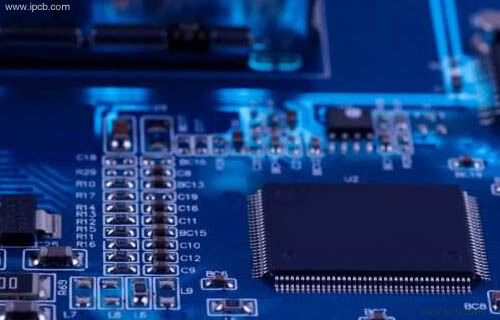Rule 1
In the High speed PCB design, the clock and other key high-speed signal lines need to be shielded. If there is no shielding or only partial shielding, EMI leakage will be caused. It is suggested that the shielding wire should be grounded by drilling every 1000mil.
Rule two
Closed loop rule of high speed signal routing
Due to the increasing density of PCB, many PCB layout engineers are prone to make a mistake in the process of wiring, such as high-speed signal network such as real-time clock signal, which produces closed-loop results when wiring multi-layer PCB. Such closed-loop result will produce ring antenna and increase EMI radiation intensity.
Rule 3
Open loop routing rules for high speed signals
Rule 2 mentions that the closed-loop of high-speed signal will cause EMI radiation, while the open-loop will also cause EMI radiation. The high-speed signal network such as clock signal will produce linear antenna and increase EMI radiation intensity once the result of open-loop is produced when multi-layer PCB is wired.
Rule 4
Continuous rule of characteristic impedance of high speed signal
For high-speed signals, the characteristic impedance must be continuous when switching between layers, otherwise EMI radiation will be increased. In other words, the width of the same layer of wiring must be continuous, and the wiring impedance of different layers must be continuous.

Rule 5
Routing direction rules for high speed PCB design
The routing between two adjacent layers must follow the principle of vertical routing, otherwise it will cause crosstalk between lines and increase EMI radiation. In short, the adjacent routing layers follow the horizontal and vertical wiring direction, and the vertical wiring can suppress the crosstalk between lines.
Rule 6
Topology rules in High speed PCB design
In high-speed PCB design, the control of PCB characteristic impedance and the design of topology structure under multi load directly determine the success or failure of the product. The diagram shows a daisy chain topology, which is generally used in the case of several MHz. It is recommended to use star symmetry structure in high speed PCB design.
Rule 7
Resonance rule of line length
Check whether the length of the signal line and the frequency of the signal constitute resonance, that is, when the wiring length is an integral multiple of the signal wavelength of 1 / 4, the wiring will produce resonance, and the resonance will radiate electromagnetic waves and produce interference.
Rule eight
Backflow path rules
All high speed signals must have a good return path. As far as possible to ensure that the return path of clock and other high-speed signals is small. Otherwise, the radiation will be increased, and the radiation is proportional to the area surrounded by the signal path and the return path.
Rule 9
Arrangement rules of decoupling capacitors of devices
The position of decoupling capacitor is very important. Unreasonable placement can not get decoupling effect. The principle is: close to the pin of the power supply, and the area surrounded by the power line and ground wire of the capacitor is small.